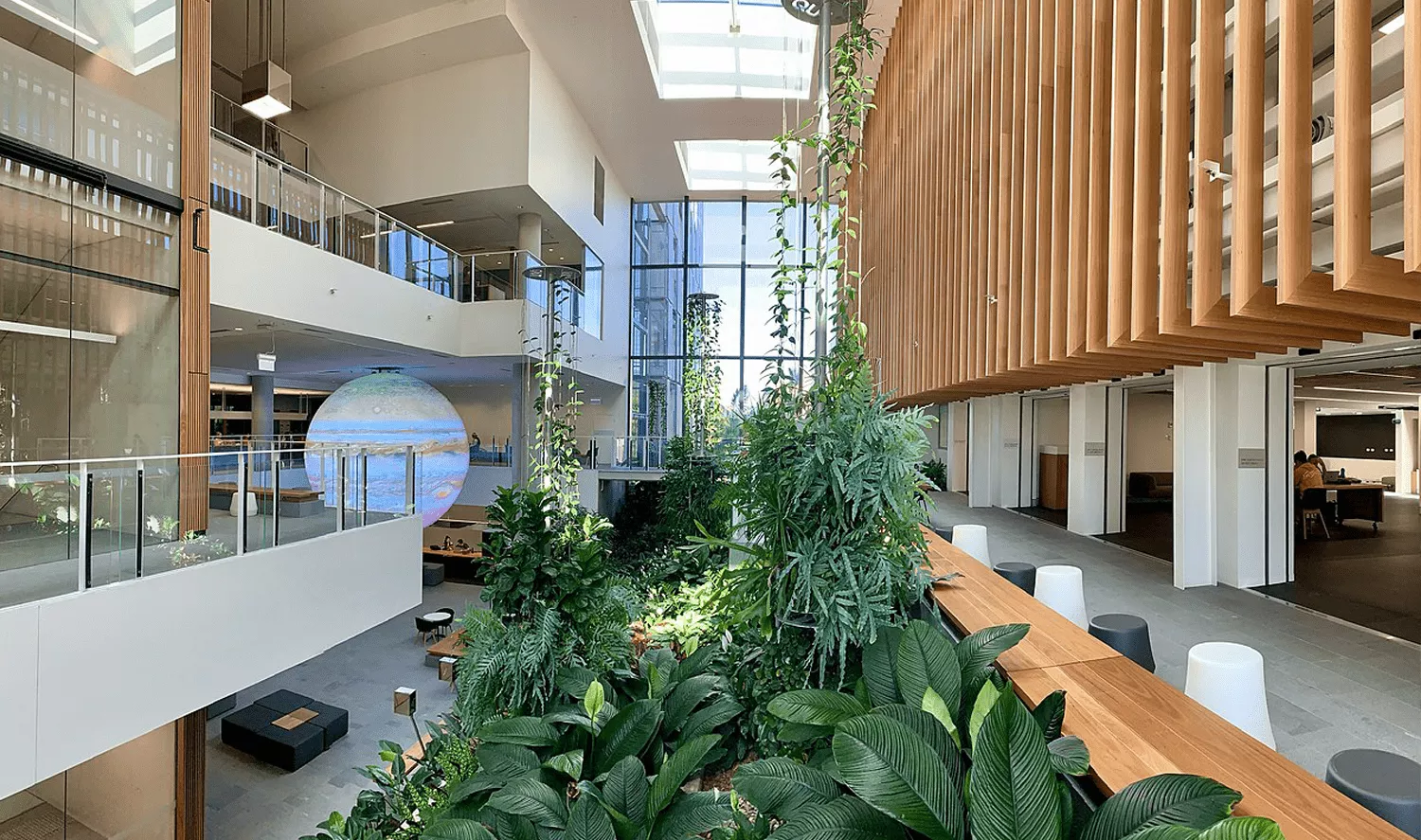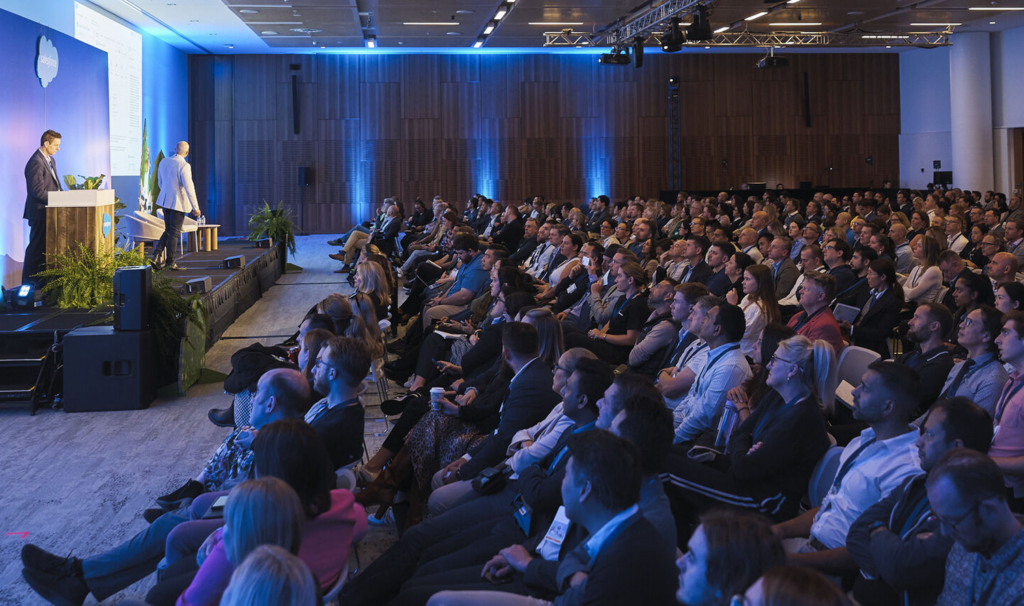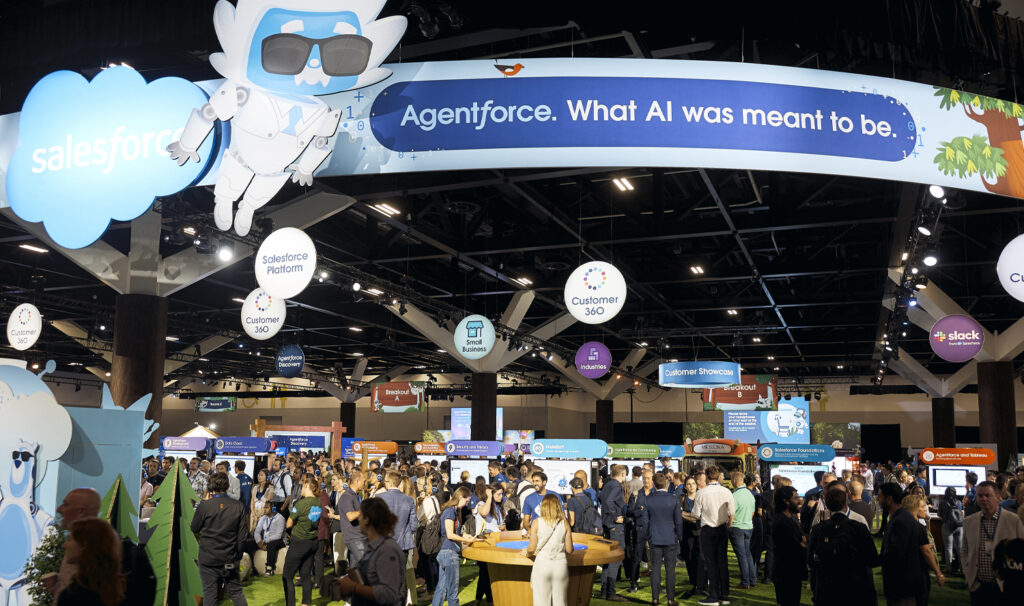E Block QUT, Kelvin Grove, Queensland
From digital in part to digital at heart: creating the digital university
QUT’s digital campus architect, Professor Kevin Ashford-Rowe, on how the university is moving beyond online learning – from ‘digital in part’ to ‘digital at heart’.
A university was once seen as the exclusive repository of its knowledge. The only way that knowledge could be accessed was if a student attended lectures, tutorials and exams on campus. If you couldn’t attend a class, then you couldn’t get the information. Perhaps if you were lucky, a friend might record the lecture or let you use their notes.
Those days are over. Students know there are myriad ways for them to access the information they need for their learning. And if their university won’t deliver learning in a way that accommodates their real life challenges and commitments, they’ll find one that does. With the drive to improve student retention more urgent than ever post the COVID drop in student numbers, it’s a lesson universities cannot fail to heed.
There is an imperative then, for universities to understand their campus cannot just be made up of physical lecture halls, labs, tutorial rooms and teacher offices. Rather, they must be digital at heart to provide accessible and engaging learning experiences to all students. Access to that knowledge shouldn’t be off limits to those who, due to work, transport, family care, lack of cultural capital, or any other issue, can’t be on campus as dictated by a lecture timetable.
Download our ebook: 6 ways Australian universities are stopping student attrition
Getting leadership on board
When I arrived at QUT, the 10-year digital masterplan focused on investment in our two beautiful campuses at Gardens Point and Kelvin Grove. To progress that conversation, I introduced the notion that in fact we have three campuses. The third is not a physical place but a virtual space. And whatever funding was going into the physical campus must also go into the digital campus.
To secure that funding, we demonstrated to leadership that if they were to walk through our current digital campus, they would find buildings left incomplete, broken pathways, unsafe roads, circuitous routes. To leave a physical campus in such a decrepit state would be unimaginable. So too should it be for a rundown, out-of-date digital campus.
Fortunately, the metaphor landed and we were able to secure the backing and investment from leadership that is critical to any digital learning initiative. The other crucial ingredient is getting buy-in from your university community. At QUT, we are lucky enough to have an academic community who are more than ready for new technology. They knew we could be doing better and wanted to be part of creating a truly digital learning experience.
The next steps: audit and consultation
There’s a continuum that runs from hygiene through to business-as-usual through to innovation. Our audit of all the technologies that make up the digital learning ecosystem revealed, unsurprisingly, that QUT was very much still in the hygiene phase. To move further toward business-as-usual, we needed streaming server capabilities, e-portfolio system upgrades and a new learning management system. It’s not until that infrastructure is firmly established that we can expect to move into an innovation stage.
We spent about a year developing the digital learning framework in conjunction with students and teachers. Instead of asking them what learning management system they wanted, we asked them to describe what a compelling learning and teaching experience would look like in 2025. Then we worked on matching their expectations with the technical platforms that could deliver on them.
Today, even with the delays caused by COVID, we are on a clear track toward business-as-usual whereby systems are seamlessly integrated and work first time, every time so we can provide teachers with the tools they need to teach in a modern and engaging way.
At QUT, we expect to see the benefits of our digital learning initiatives play out over the next two to five years as we focus on driving uptake and usage. Our students are ready to be better enabled in their learning experience and, given the highly competitive environment we operate in, delivering that experience is an absolute priority.
Looking forward: from digital campus to digital university
We need to start talking about a digital university, not just a digital campus. It’s about understanding that the university must excel in its delivery of both the on-campus experience, the remote learning experience, and the blending of the two.
For teachers and staff this means knowing how to design learning that enables students to succeed. Is it high flex, hyper flex, online, blended, remote? And what do we mean by online? It’s often used as a proxy for remote when really it should be about enhancing and blending the physical and digital experience.
Our teachers are working on two key questions then: are my students on-campus, remote or a combination or both? And will my students be accessing the learning synchronously or asynchronously?
When a teacher knows when, where and how their students are accessing their learning, then they can create an experience that gives them the best possible chance of success.
This is especially important in light of the feedback we received post the COVID pivot to remote learning, which was that we haven’t yet created the virtual environment in which students can engage effectively with other students and tutors the way they would on a physical campus. Yes, sector-wise we did a good job of moving online. But now we need to move online well.






